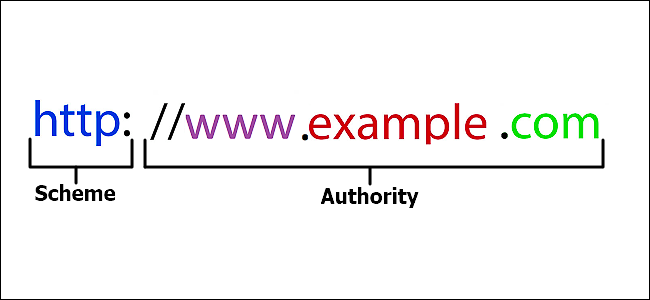Buy a URL Today
.COM $23.99 | .NET $24.99 | .ORG $19.99 |.CO $41.99

How to buy a URL
Welcome to How to Buy A URL. This site is dedicated to informing individuals, businesses large or small on how to buy (the correct terminology is “register”) a URL. If you are ready to buy a URL right now, click here Quick Way to Buy a URL, aka Domain Name. If you are interested in learning more about URLs, then please keep reading.

A URL (Uniform Resource Locator) acts as a canonical name to identify an address on the World Wide Web, also known as the Internet. If the term “canonical name” confuses you, don’t worry—it will make sense. Think of the Internet as a collection of phone numbers that direct you to specific webpages. While these “phone numbers” aren’t actual numbers, they function like IP Addresses (Internet Protocol Addresses), which resemble phone numbers to us.
IP Addresses consist of twelve digits grouped into blocks of three, separated by periods. For example, an IP address might look like this: 123.123.123.123. These addresses resolve to canonical names, also called domain names.
So, why not type an IP Address directly into your browser every time you want to visit a website? For one, most people can’t remember long strings of numbers, let alone a specific twelve-digit address. Humans find it much easier to remember words, which led to the creation of domain names. It’s far more convenient to tell someone your website is at MyDomainName.com than at 234.239.230.178.
How do I buy a URL?
Find out about what exactly is a URL
Now that you know what a URL is, let’s discuss how to get one. Start by finding a domain registrar to register your URL. (In the domain industry, they call it “registering a domain name,” not “buying a URL.” Using the correct term can help you avoid being viewed as a novice by sales representatives who might try to sell you unnecessary extras.)
To register your domain, choose a domain registrar. For example, HostOtter.com is one option. Before committing, research potential registrars carefully since some may include hidden fees. Fortunately, Google makes it easy to find domain registrars—just search for “Domain Name,” and you’ll see a long list of options. Look for registrars accredited by ICANN (Internet Corporation for Assigned Names and Numbers), as they meet specific reliability standards.
Avoid paying more than $25 per year for domain names with extensions like .COM, .NET, .ORG, .US, .INFO, .WS, .BIZ, or .NAME. Most domain names are registered in one-year increments, although some foreign TLDs, such as .CO.UK, require a two-year minimum. You can register most domain names for up to 10 years in advance, making it a great way to secure your namespace for the long term.
What is a Domain Registrar?
Domain registrars allow you to obtain a URL
A domain registrar operates as an online business that allows customers to register domain names. Customers pay the registrar a registration fee ranging from free to over $100 per year. Once a customer selects a domain name, the registrar contacts the Domain Registry for the specific TLD (Top Level Domain) to mark the name as taken.
The Domain Registry records the time, domain name, and the registrar that processed the request. After registration, no other registrar can register the same domain name. A domain registry, which governs a specific TLD (e.g., .COM, .NET, .ORG), tracks which domain registrars assign which domain names to customers. This system ensures that domain names are unique and properly allocated.
When a customer searches for a domain name, the registrar queries the Domain Registry to check its availability. If the name is available, the registrar completes the registration process. The Domain Registry charges the registrar a set price, and the registrar adds a markup to cover costs and make a profit. This process secures the domain name and ensures its exclusivity for the registrant.